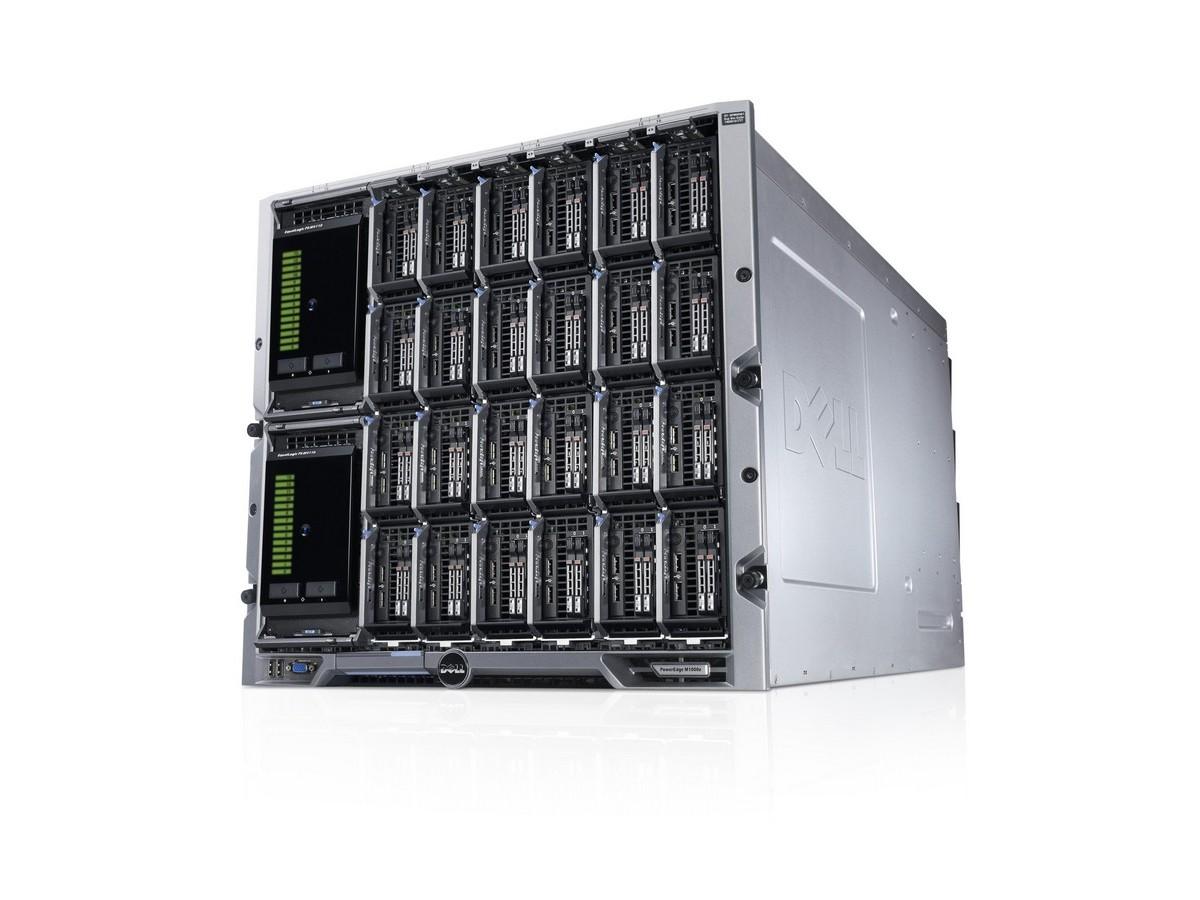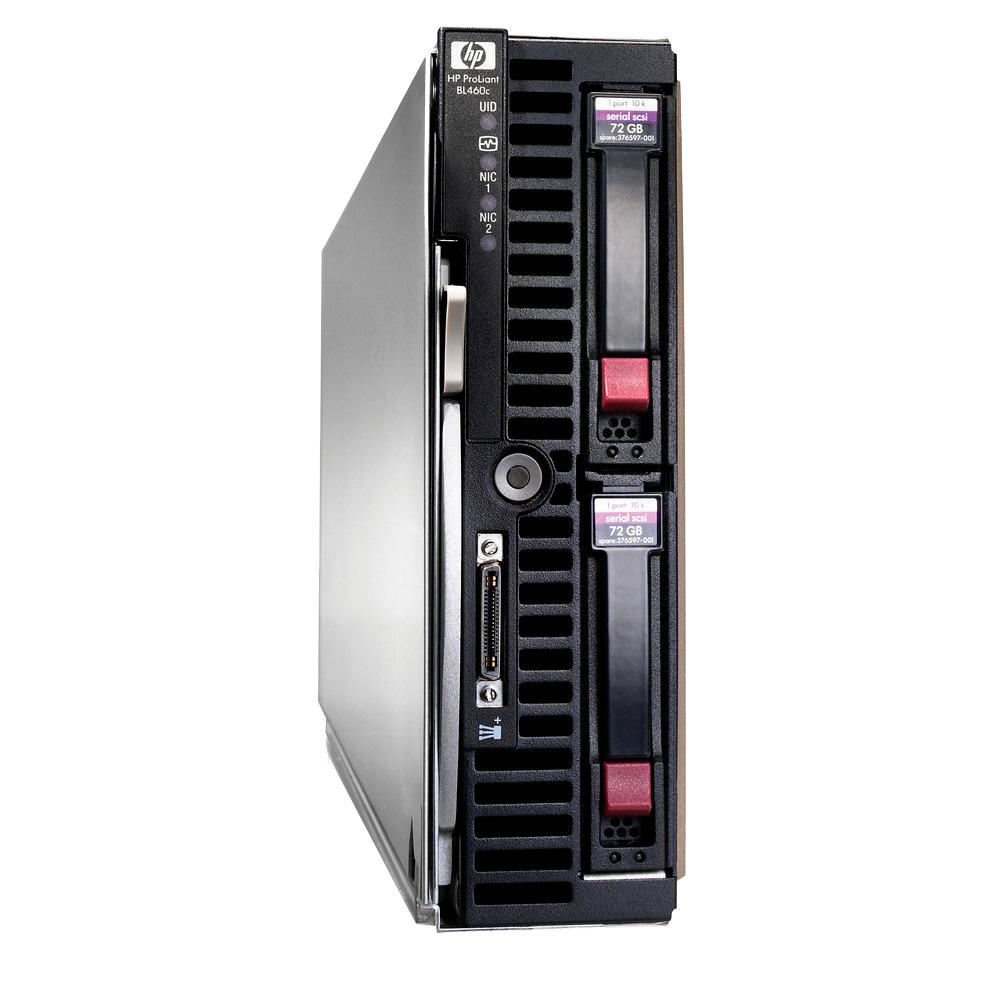Electronics research has shown that most modern servers are utilized at less than half their capabilities. In addition, about 75% of them are employed only to ensure the functioning of the system. Therefore, there has long been a need for greater efficiency. The solution seemed to be to increase the number of servers, but this would affect other negative features: there would be more heat generated, additional cables, increased energy consumption, and more space to accommodate. What is to use in this case – a blade server will solve these questions.
It wasn’t that long ago that a non-standard kind of server appeared. It is also called modular, or blade server, the more common name is Blade servers. In one sentence, it can be formulated as – single board computer systems in the form of a module, include a processor and memory. The blades are installed in special slots (chassis) in the panel that unites them and provides power supply. When assembled, this is what a Blade system would be, similar power, with a much smaller footprint but similar functionality, making it an easy replacement for a cluster of full-size servers.
Differences from regular servers
Let’s look at the basic yet significant differences between modern blade servers and their full-size counterparts:
Due to the design of the blade server, the complexity of management is reduced.
The number of wires in blade servers is reduced by 90%, so they are more reliable and unpretentious, because power and many other subsystems are moved outside the blade.
The cooling and power supply have been generalized, thus consuming several times less power.
Any software can be placed on this server, there are almost no differences from full-size servers in terms of performance.
There is no need to connect a keyboard or mouse for input, just like on regular servers, you can do everything remotely.
Favorable dimensions, the blade server is much more compact.
The redundancy tools are built-in, allowing you to perform add-ons quickly and with less effort.
Normal operation does not require as much maintenance time as its in-line counterparts.
Features and pros
The advantages of blade servers are as follows:
at a lower cost, more reliable power and cooling systems;
low number of cables for communications;
more convenient system management;
takes up less space;
lower electricity consumption and heat generation;
high scalability;
Flexibility.
For all the positive aspects, there are negative features as well. The main disadvantage can be described as a strong reduction in volume expansion capabilities. This is not a big deal though, as there are many tasks performed by this server that are not affected. It is necessary to know, it is unlikely to install more than 4 processors in one “blade” – this significantly limits its power. In principle, it is rare to find more processors in modern devices, except on multiple standalone motherboards within a single chassis. But these are usually customized projects, made from scratch to order.


